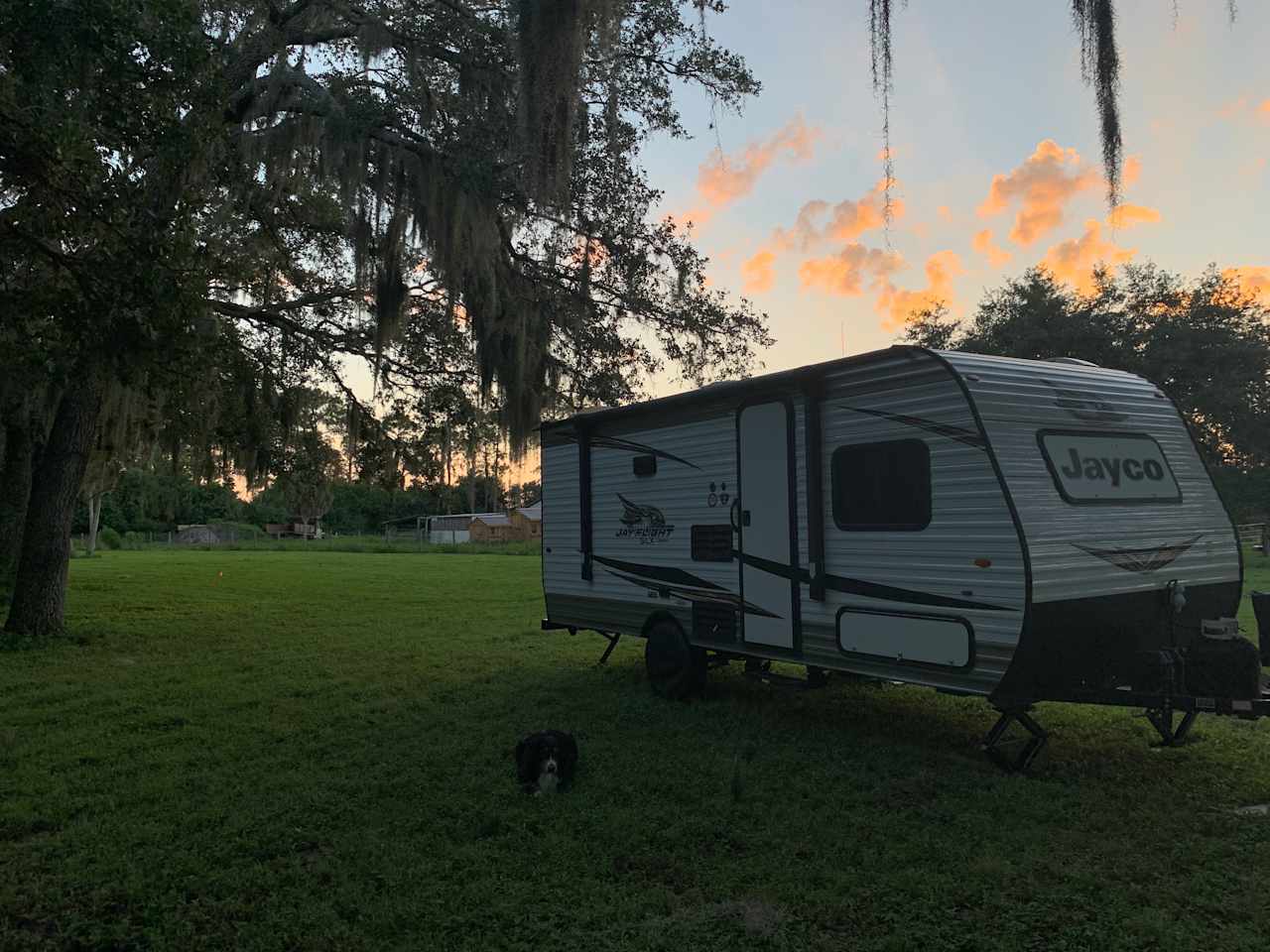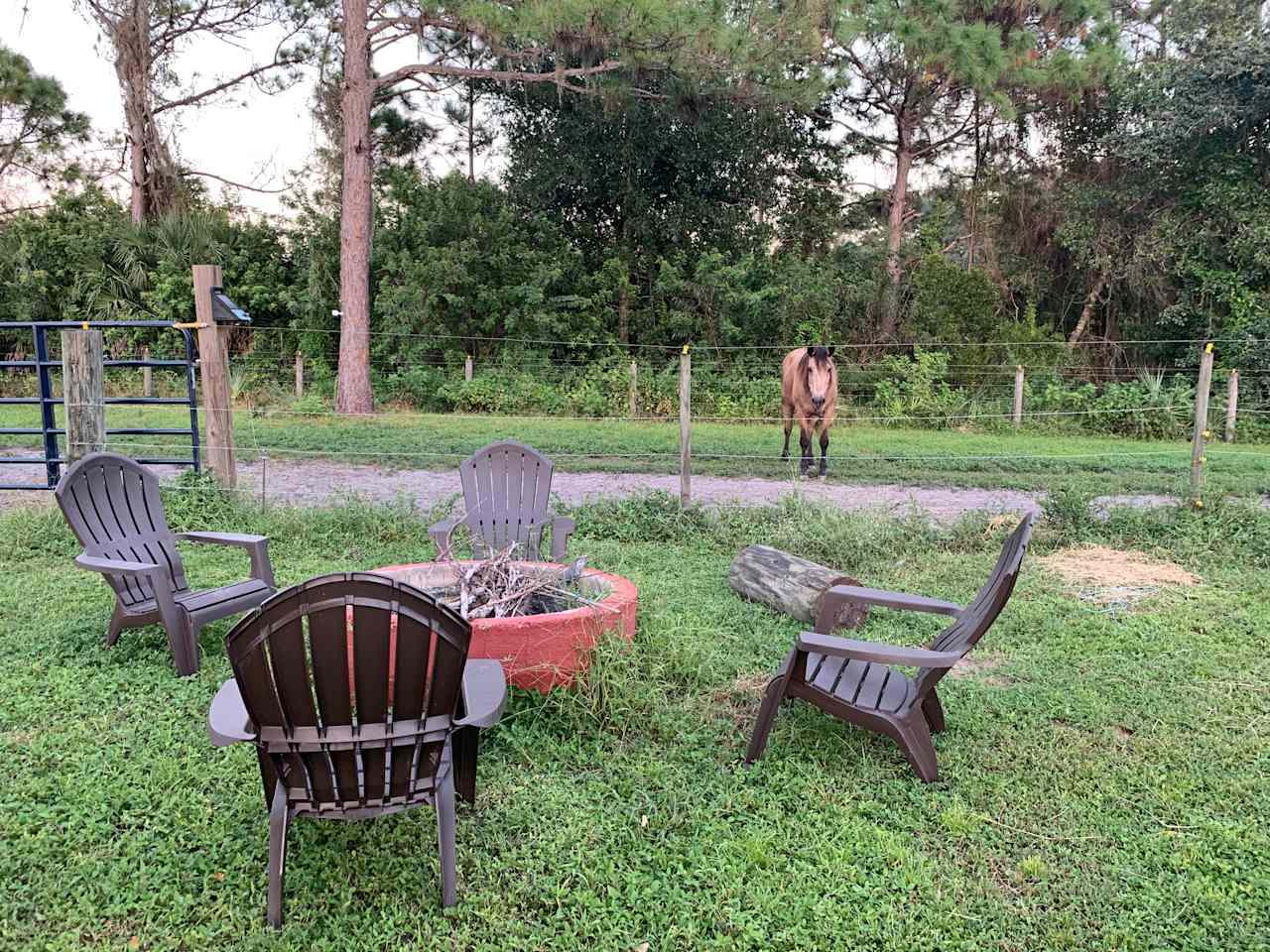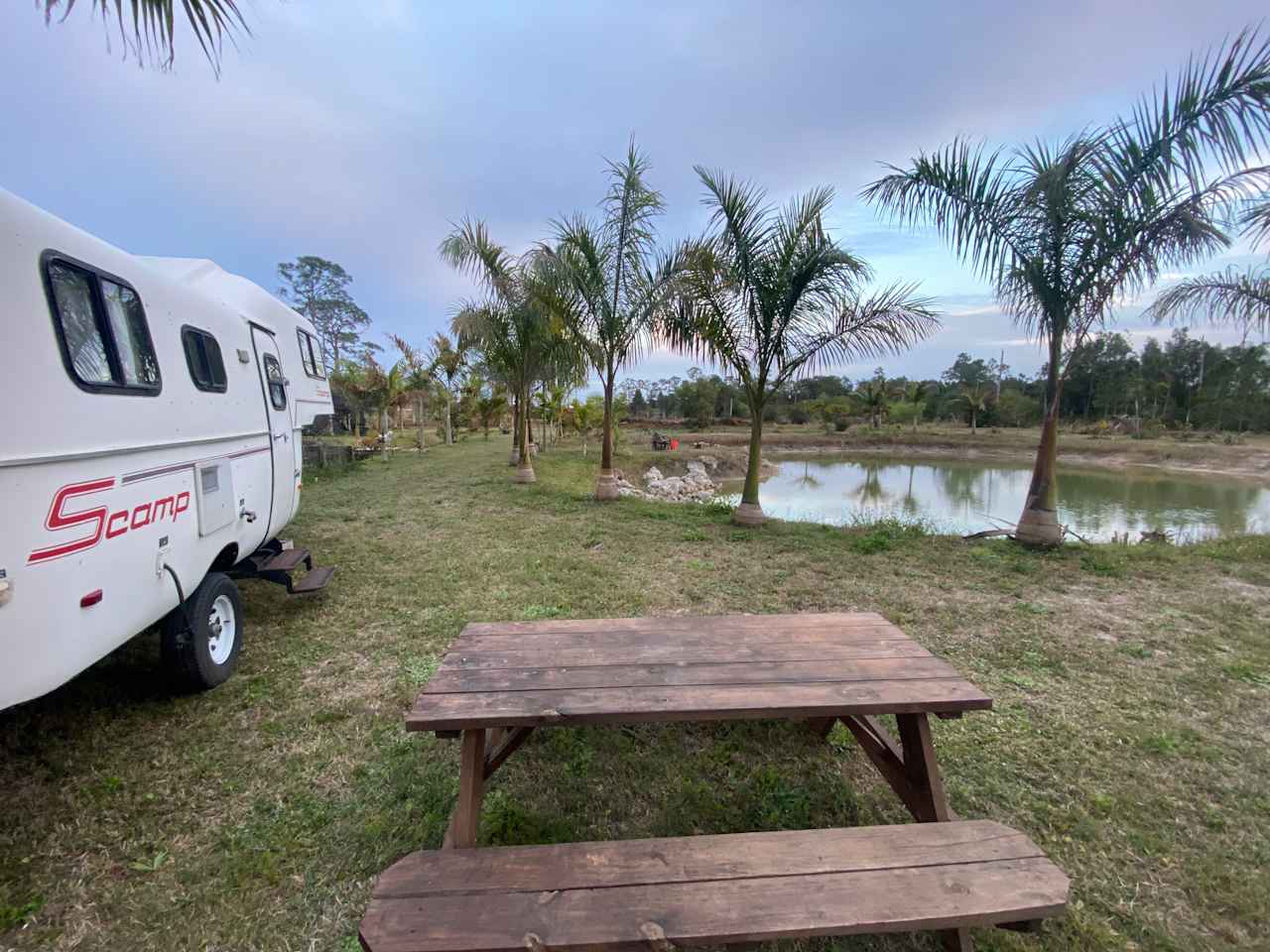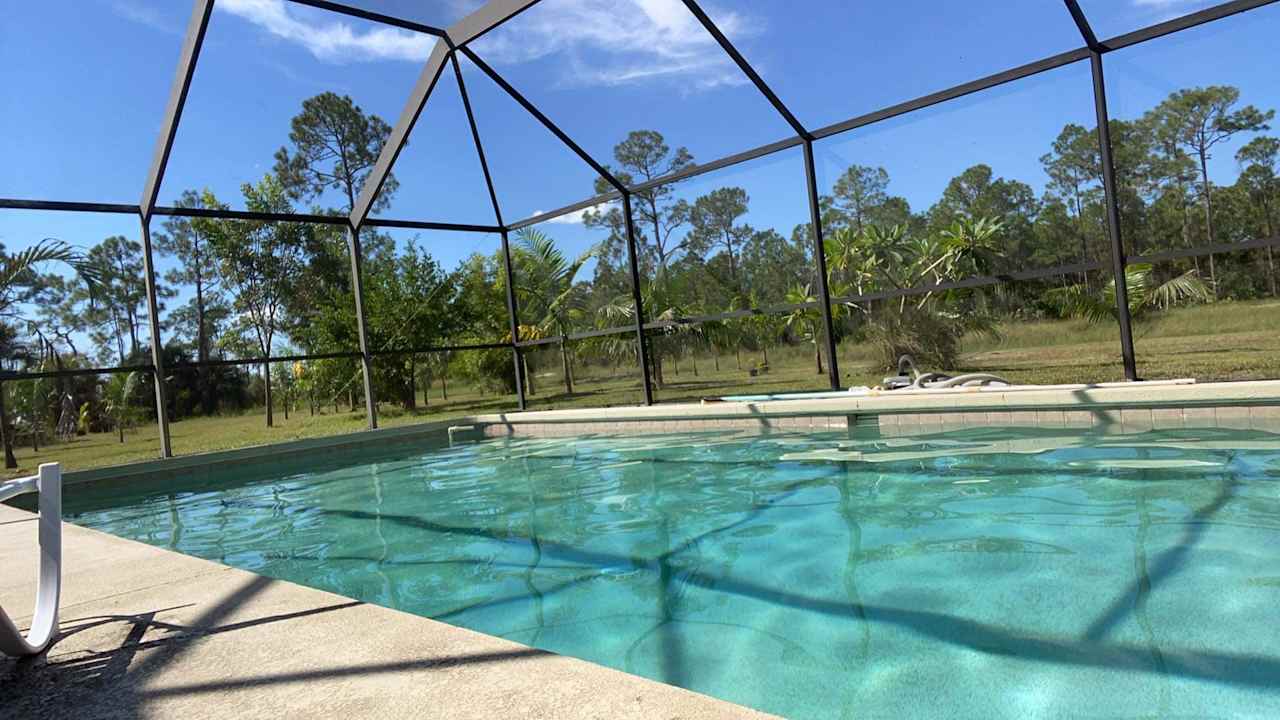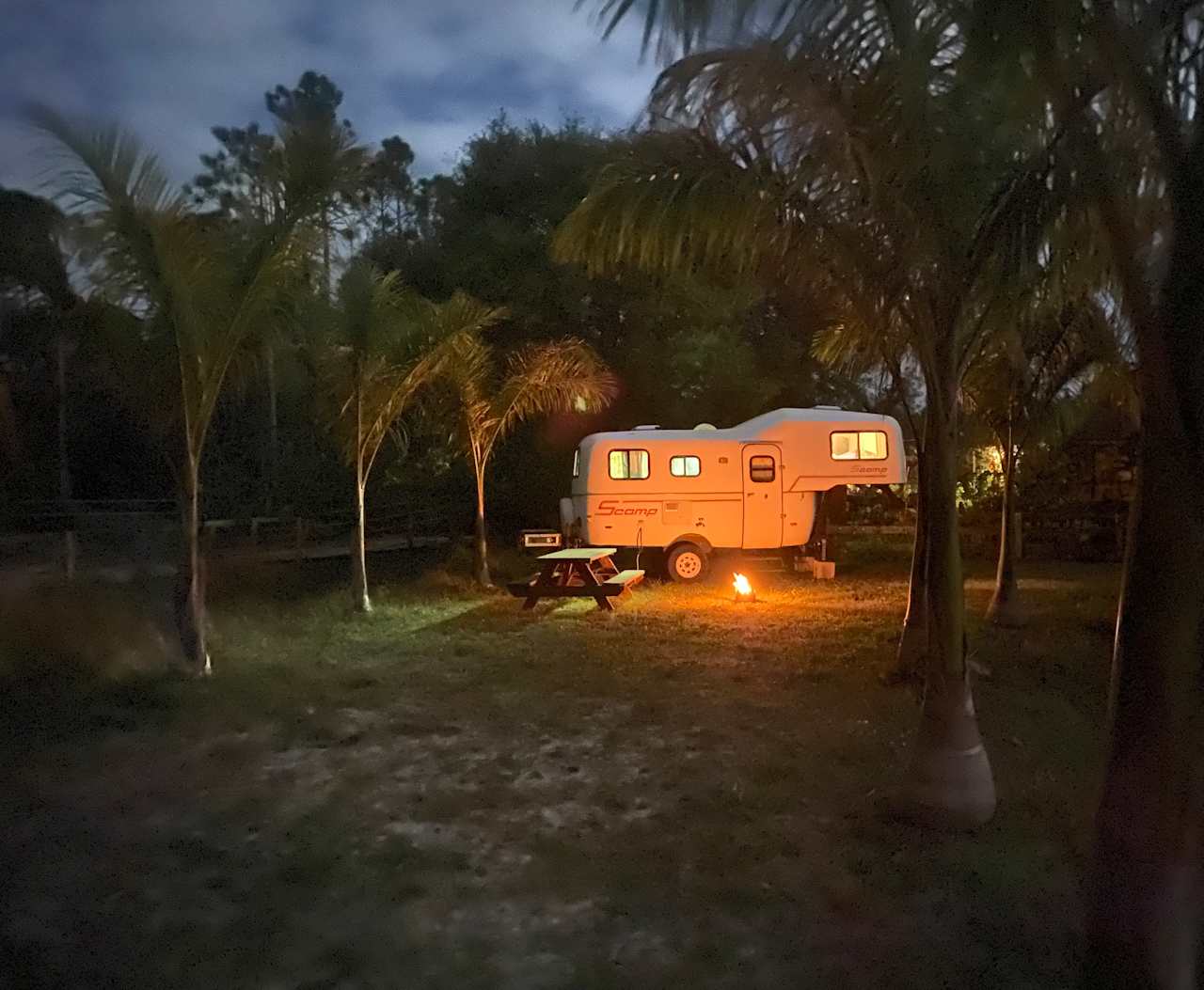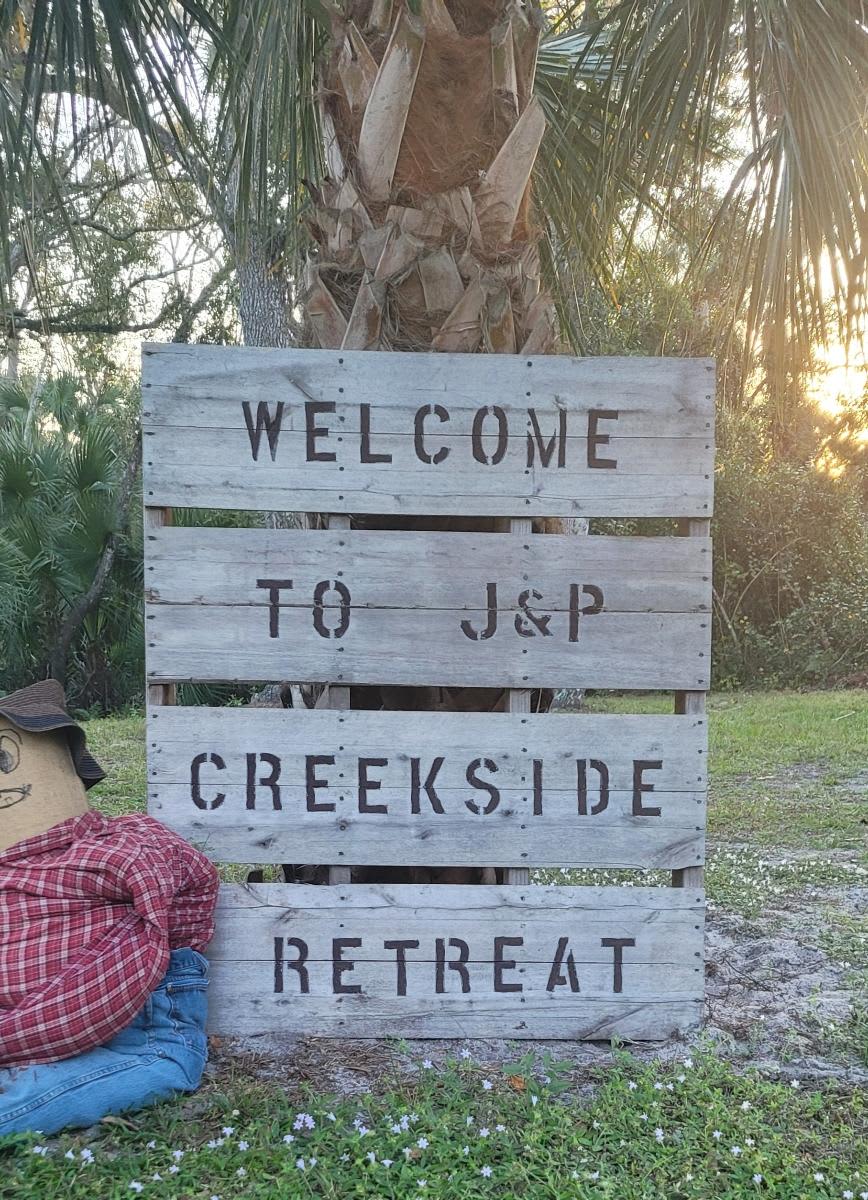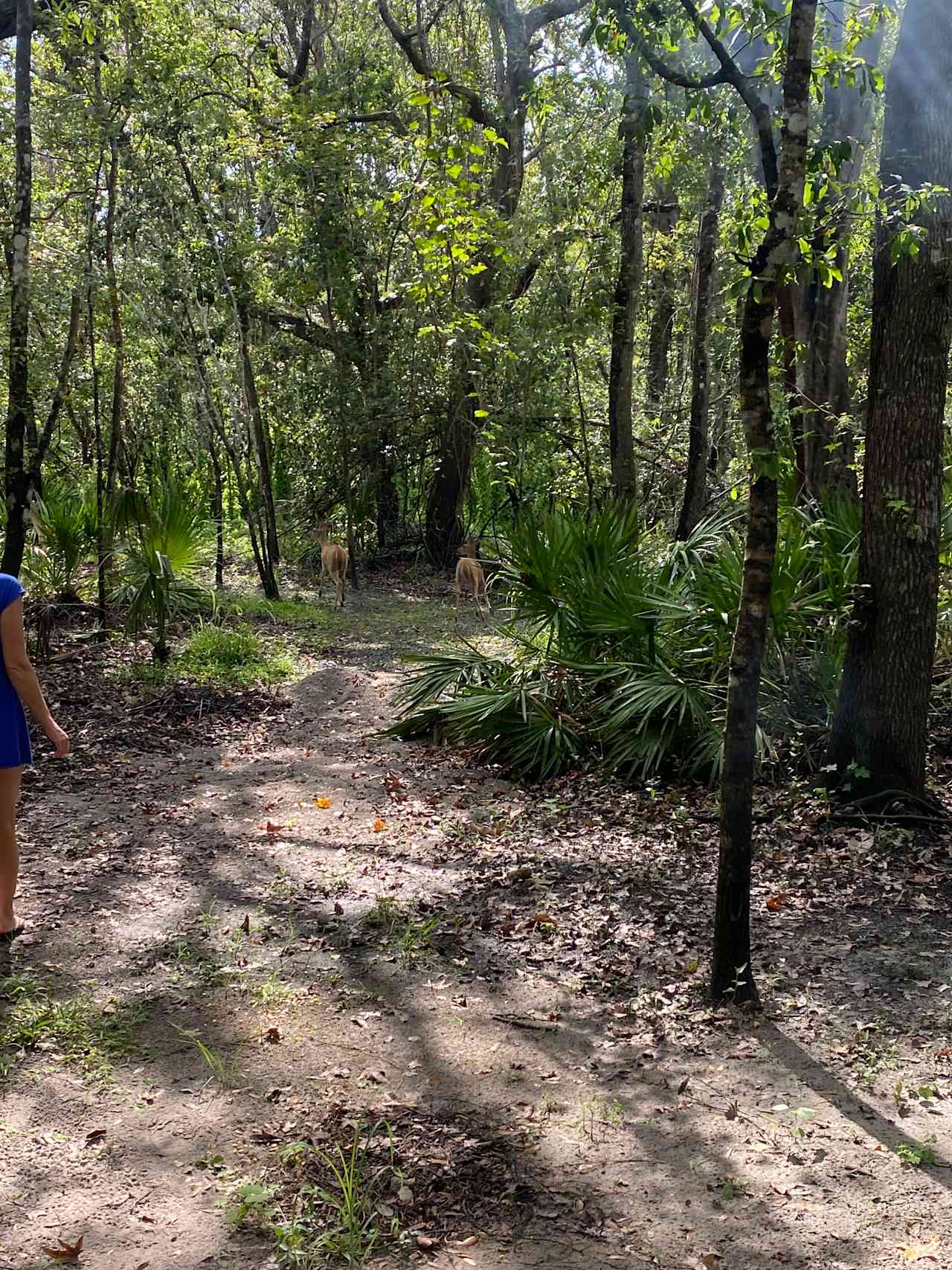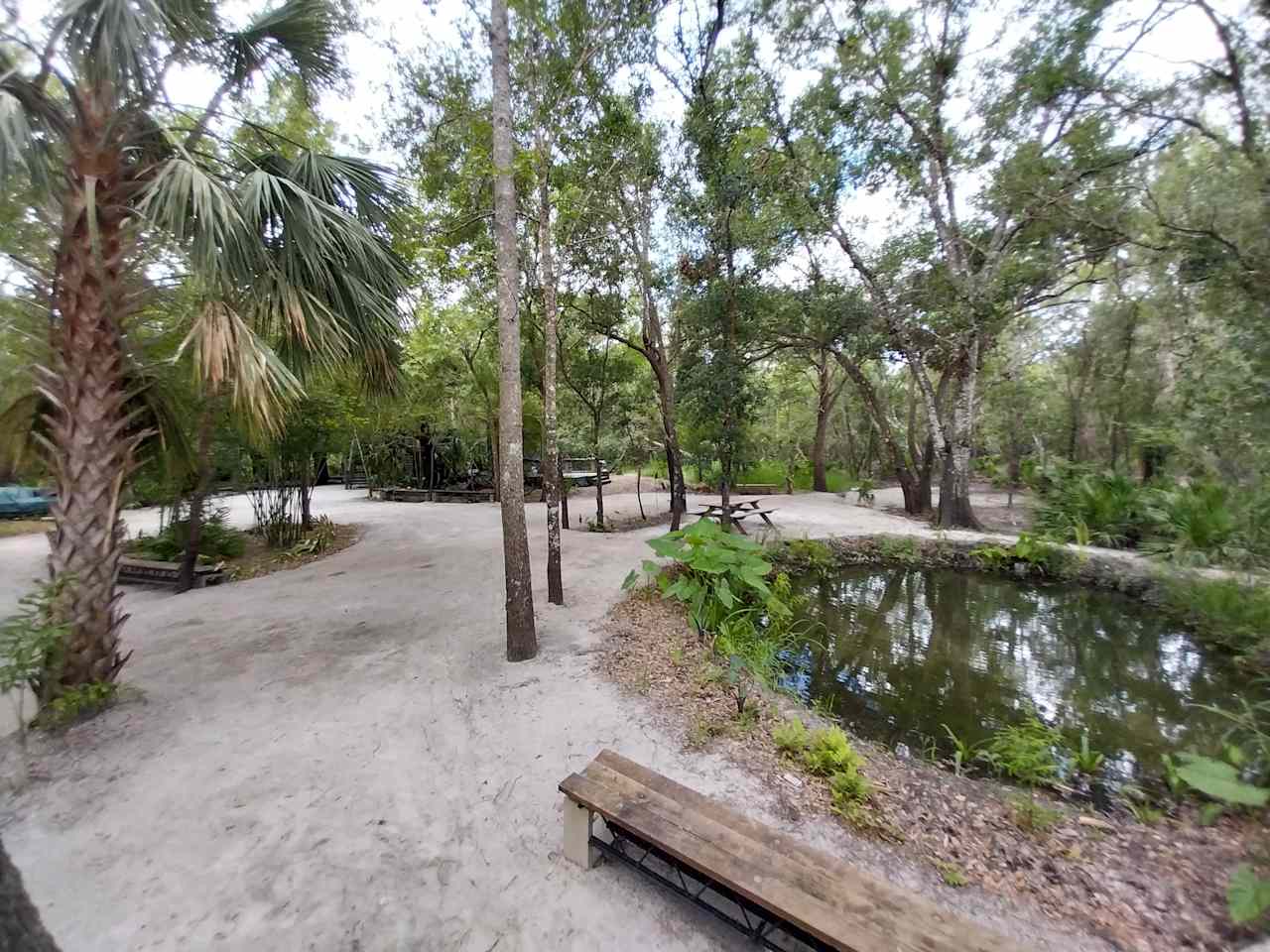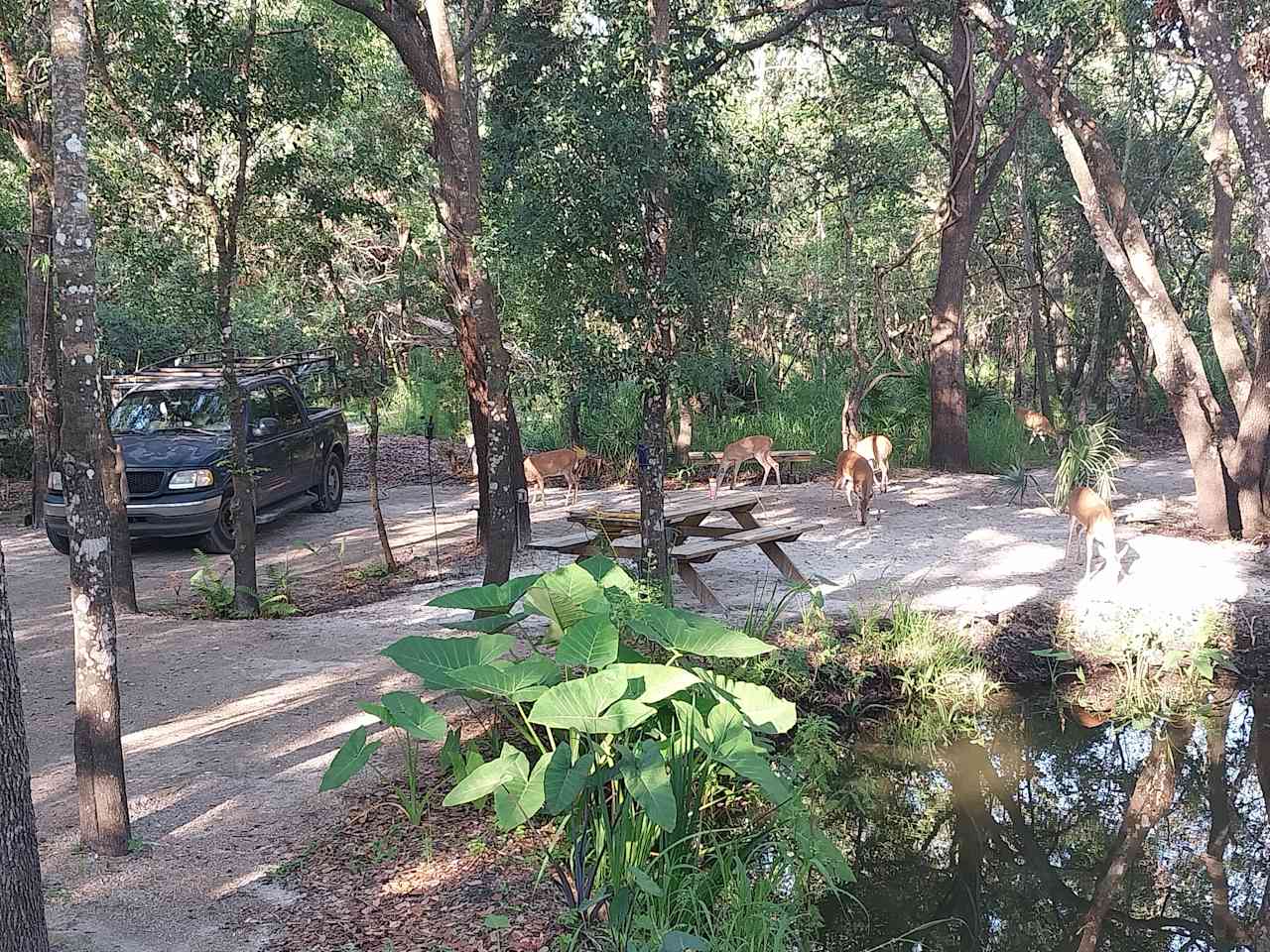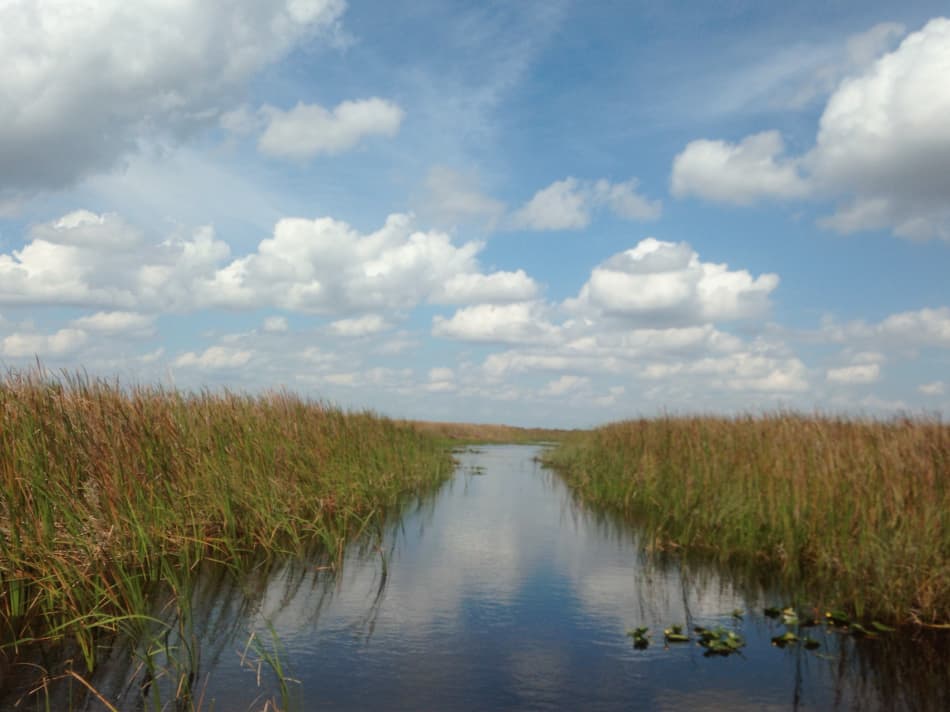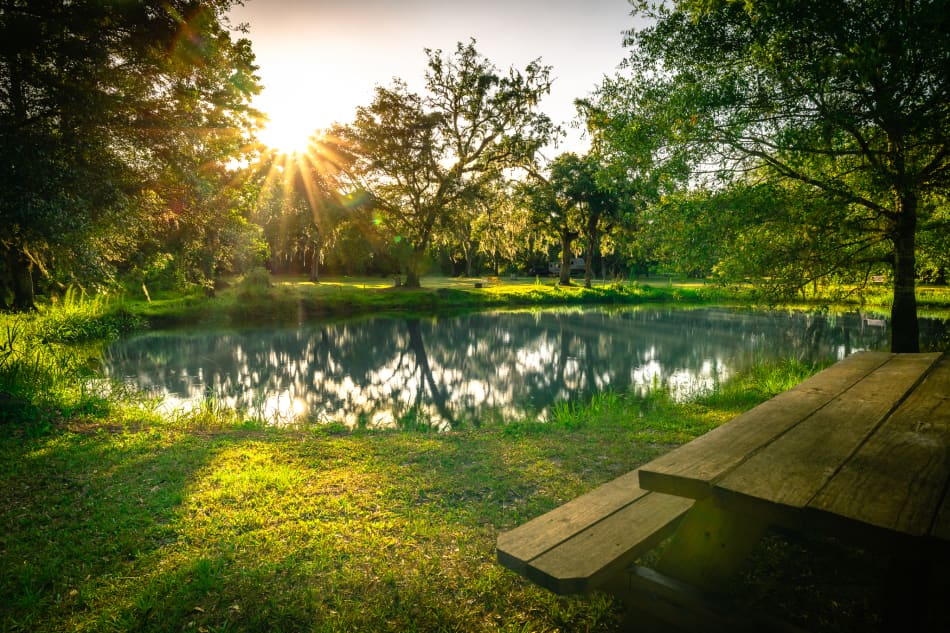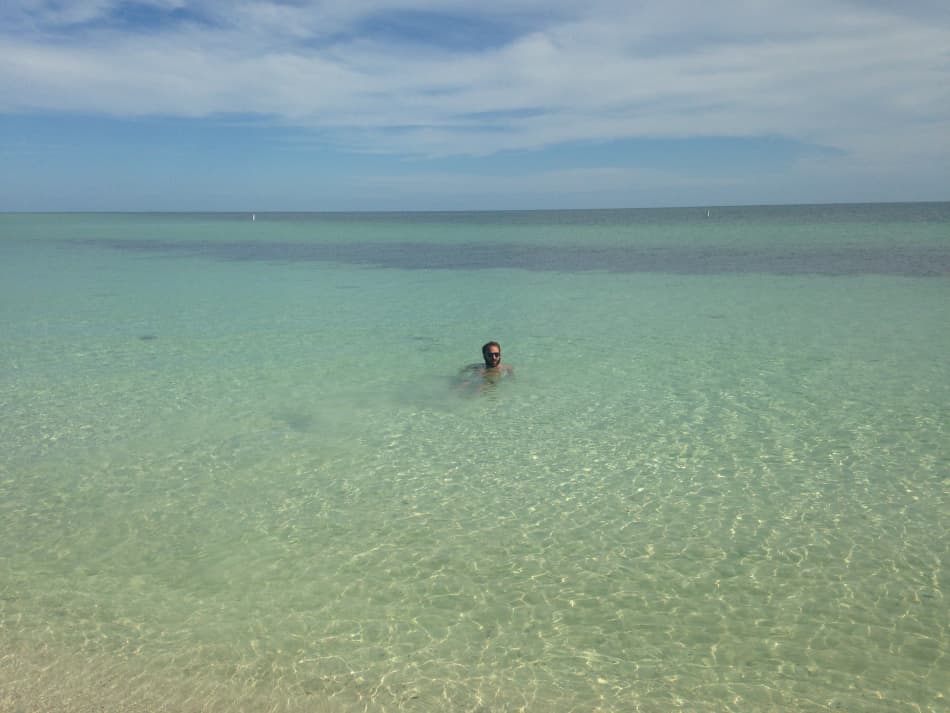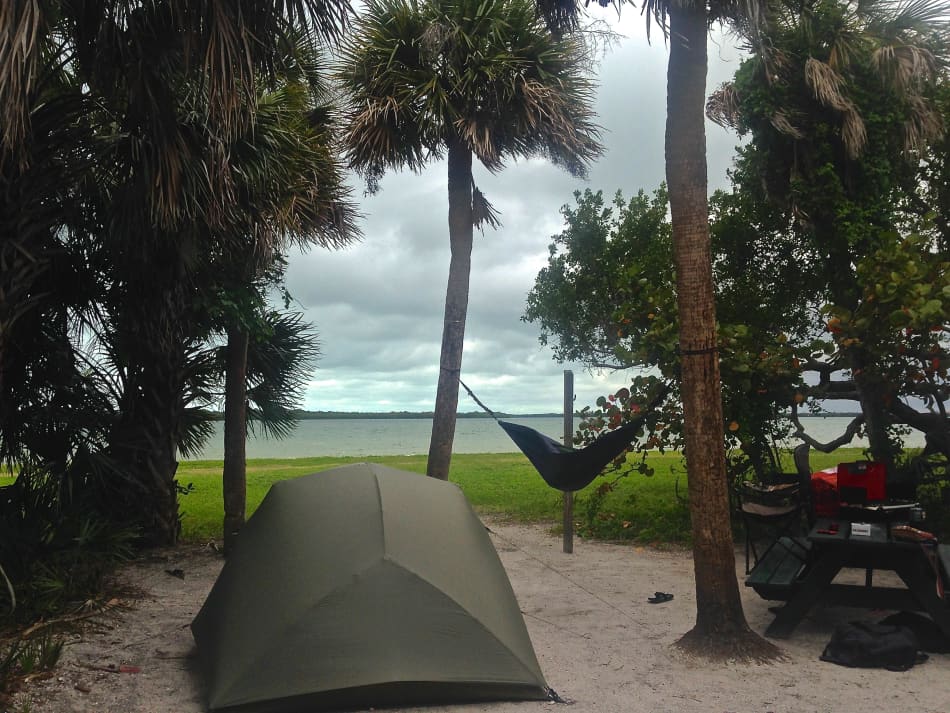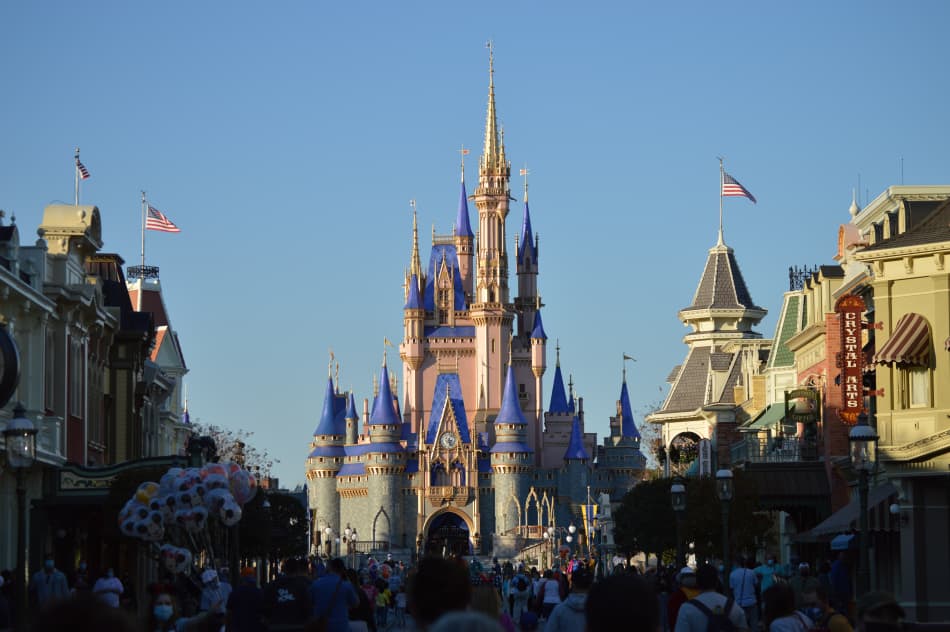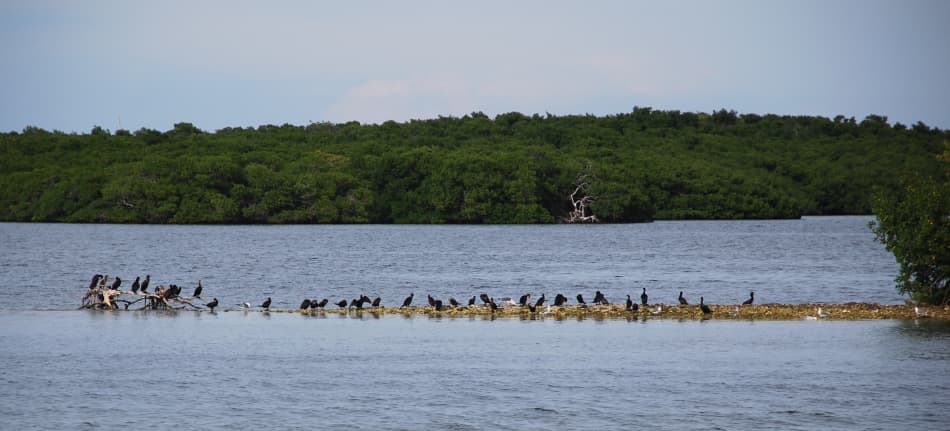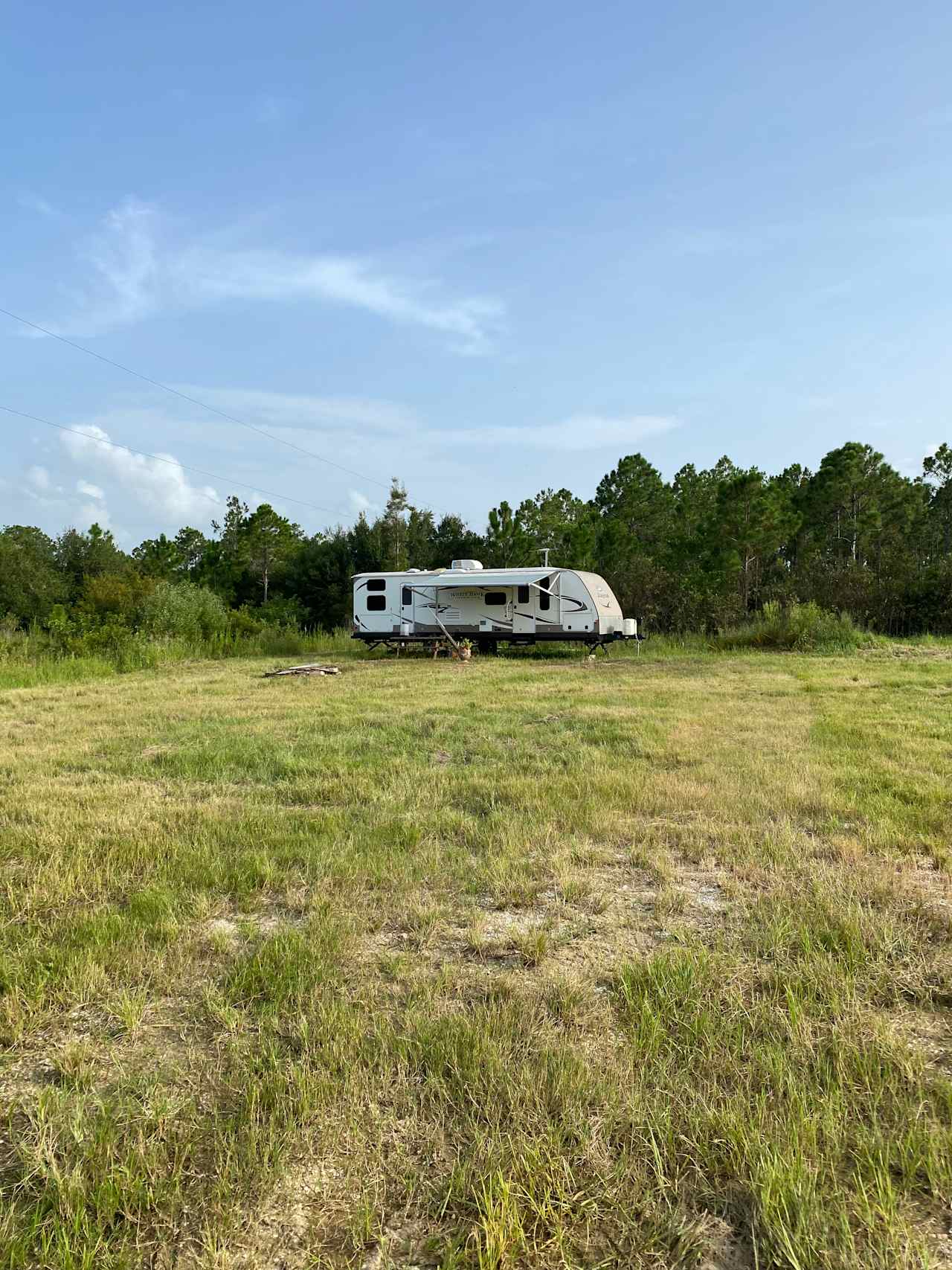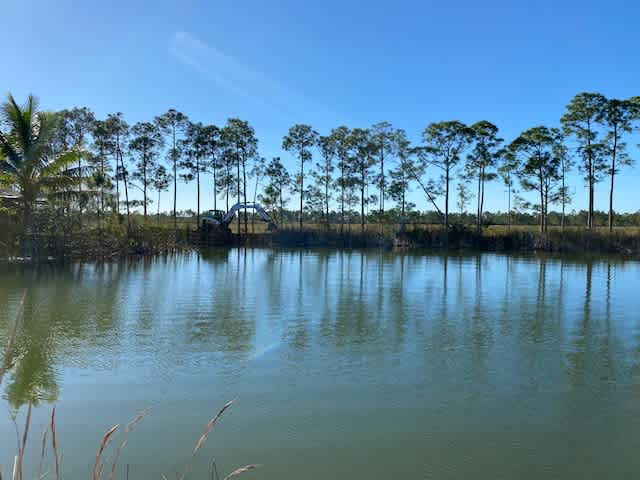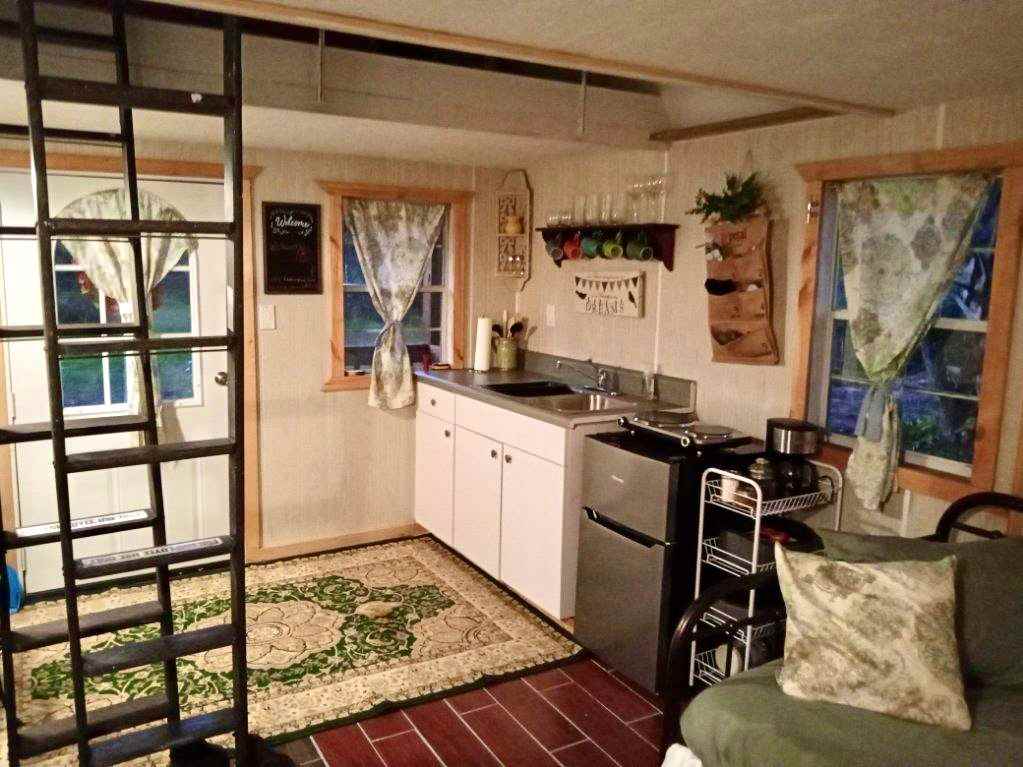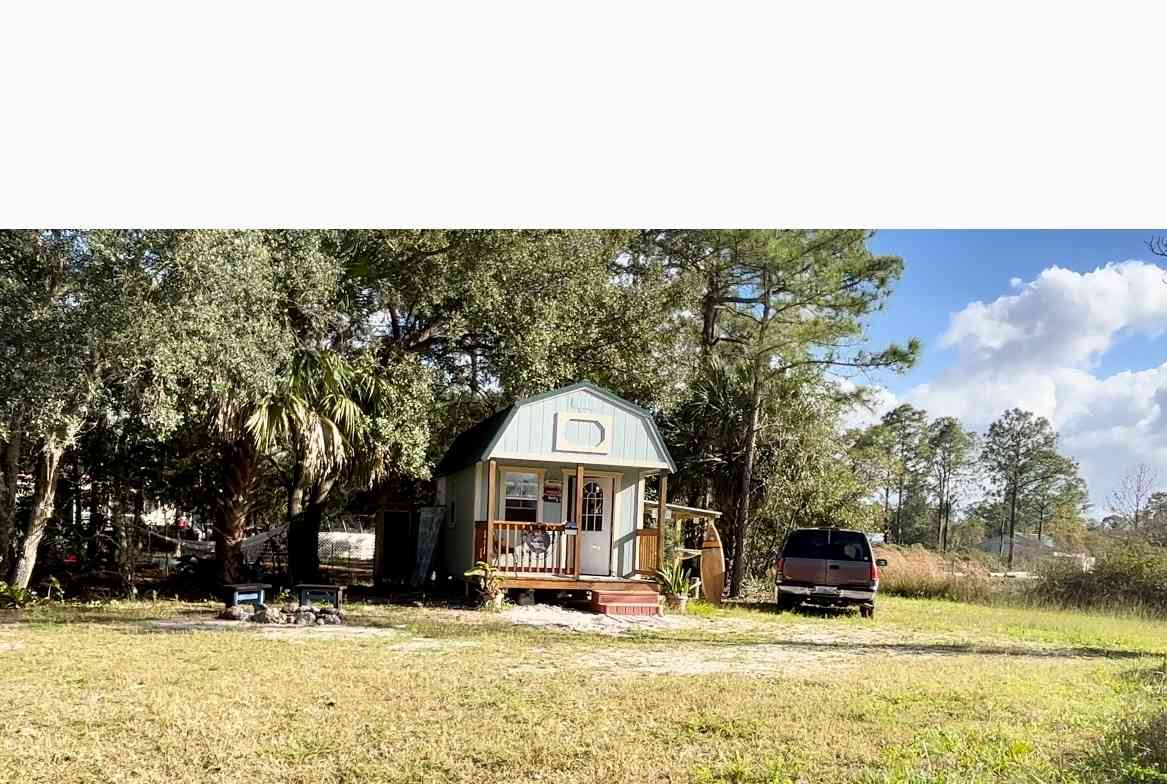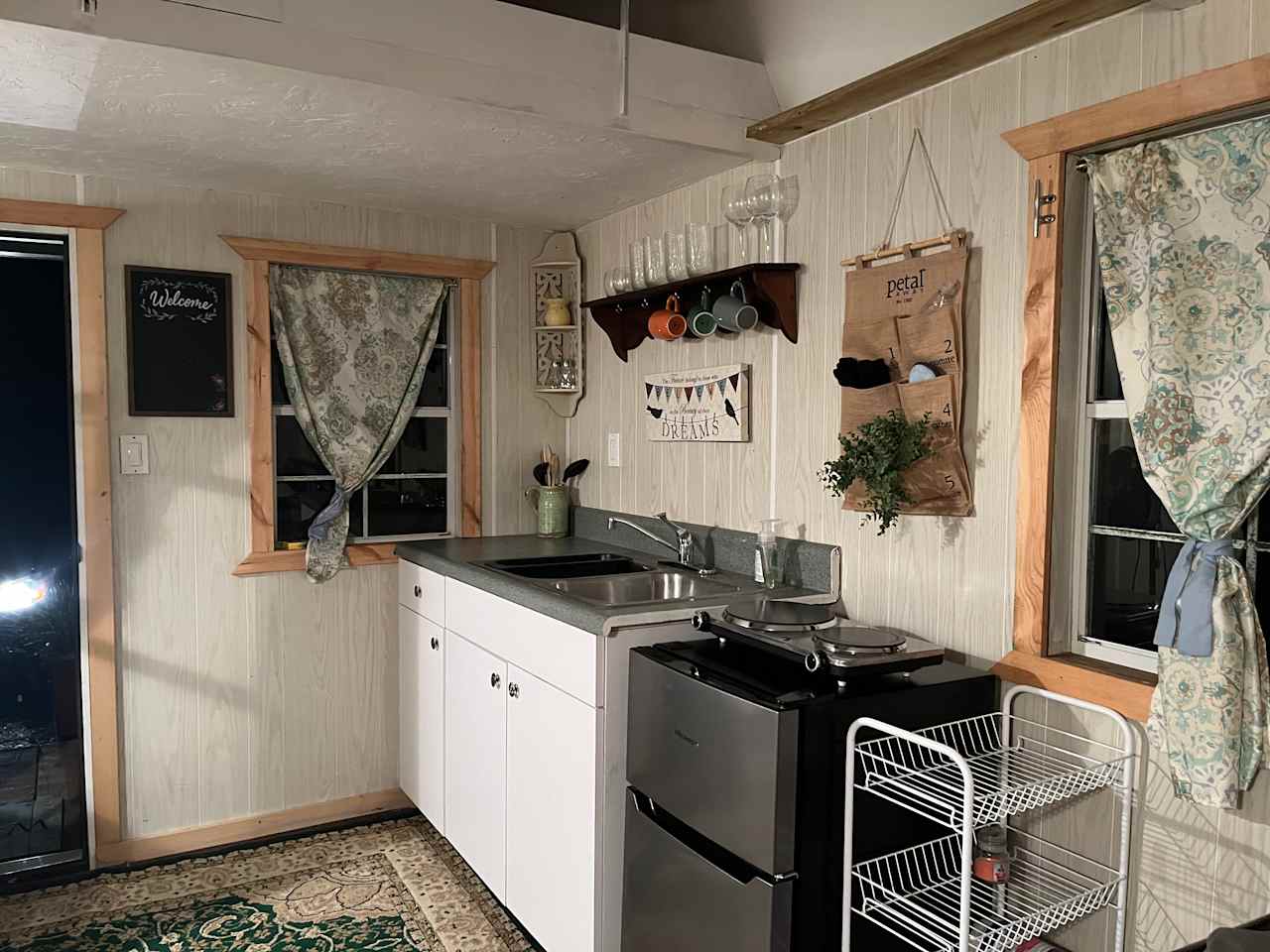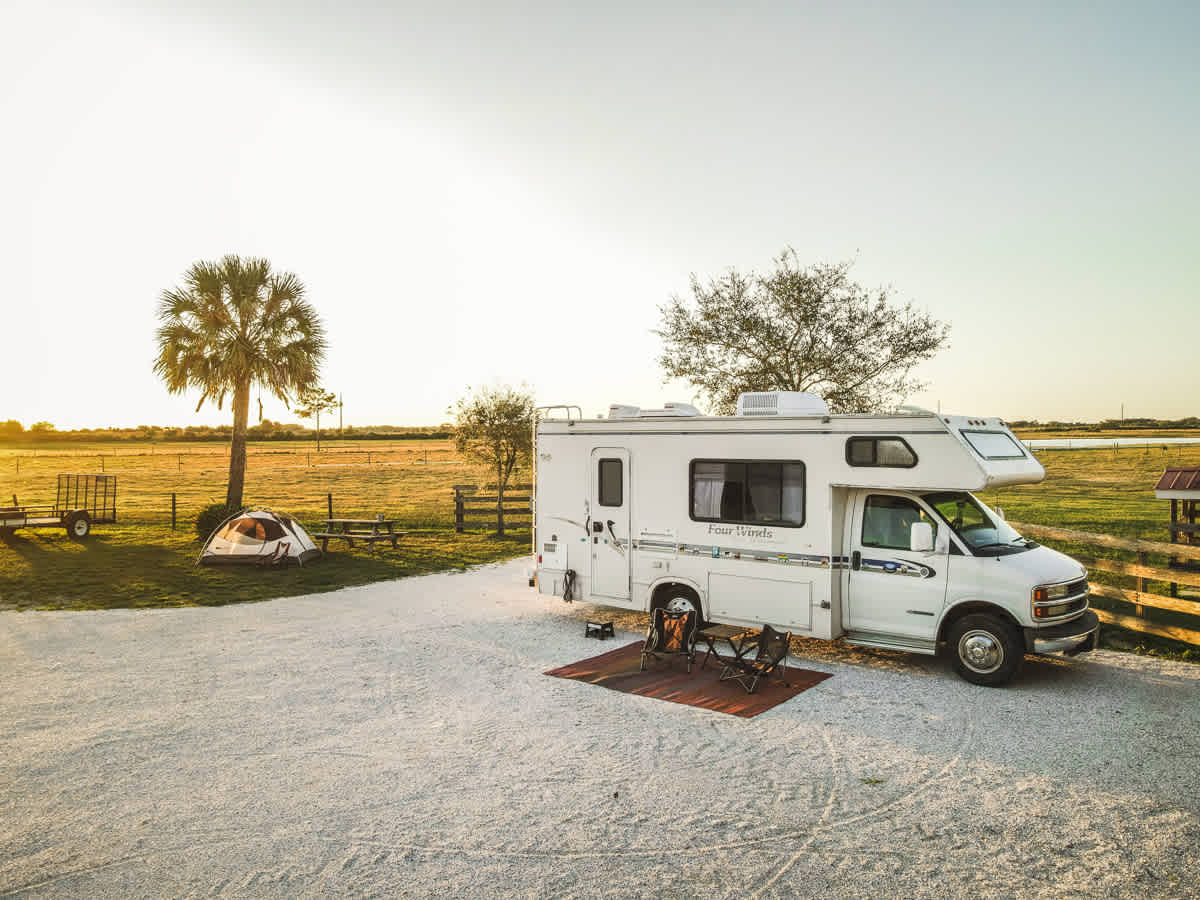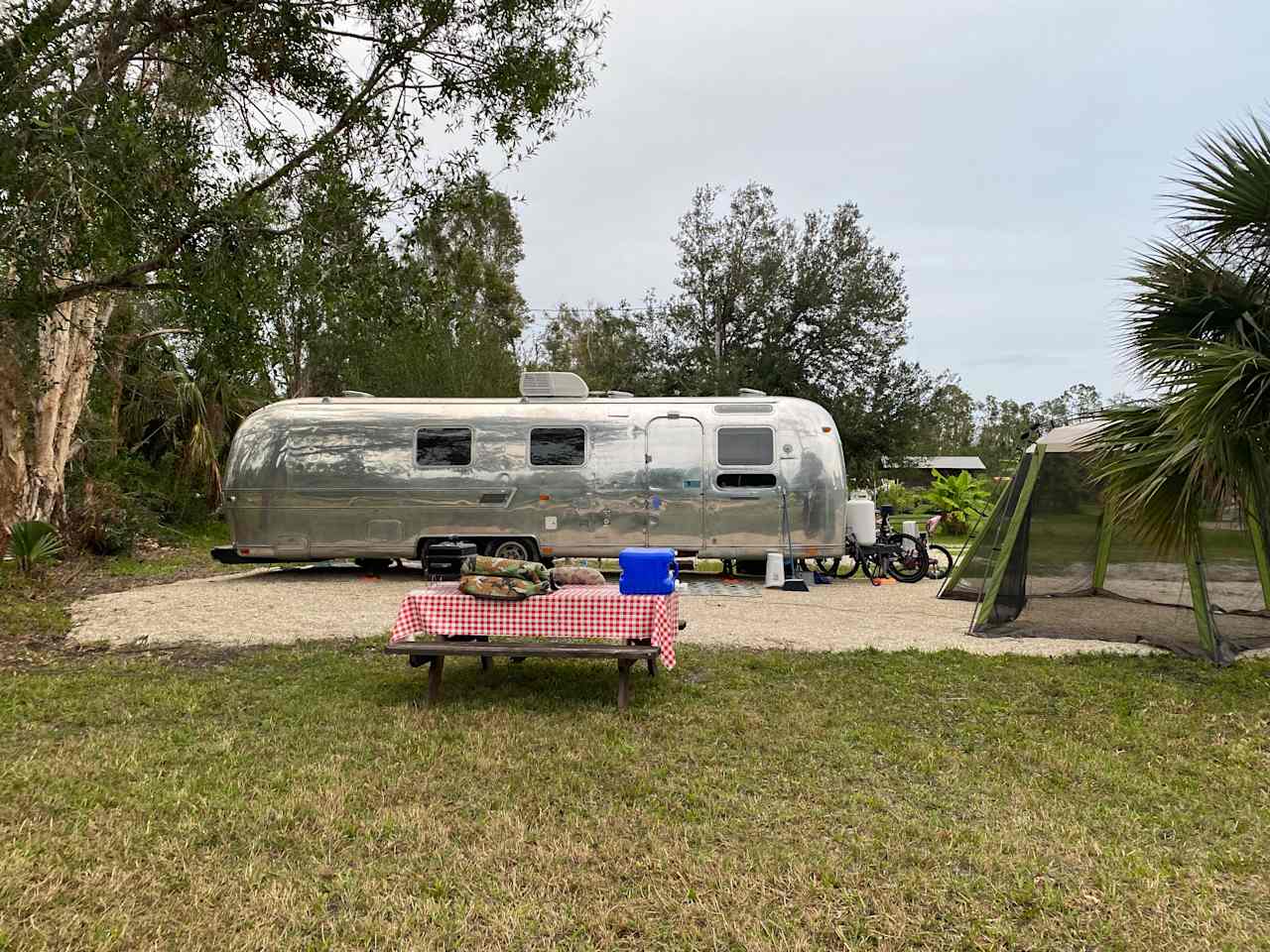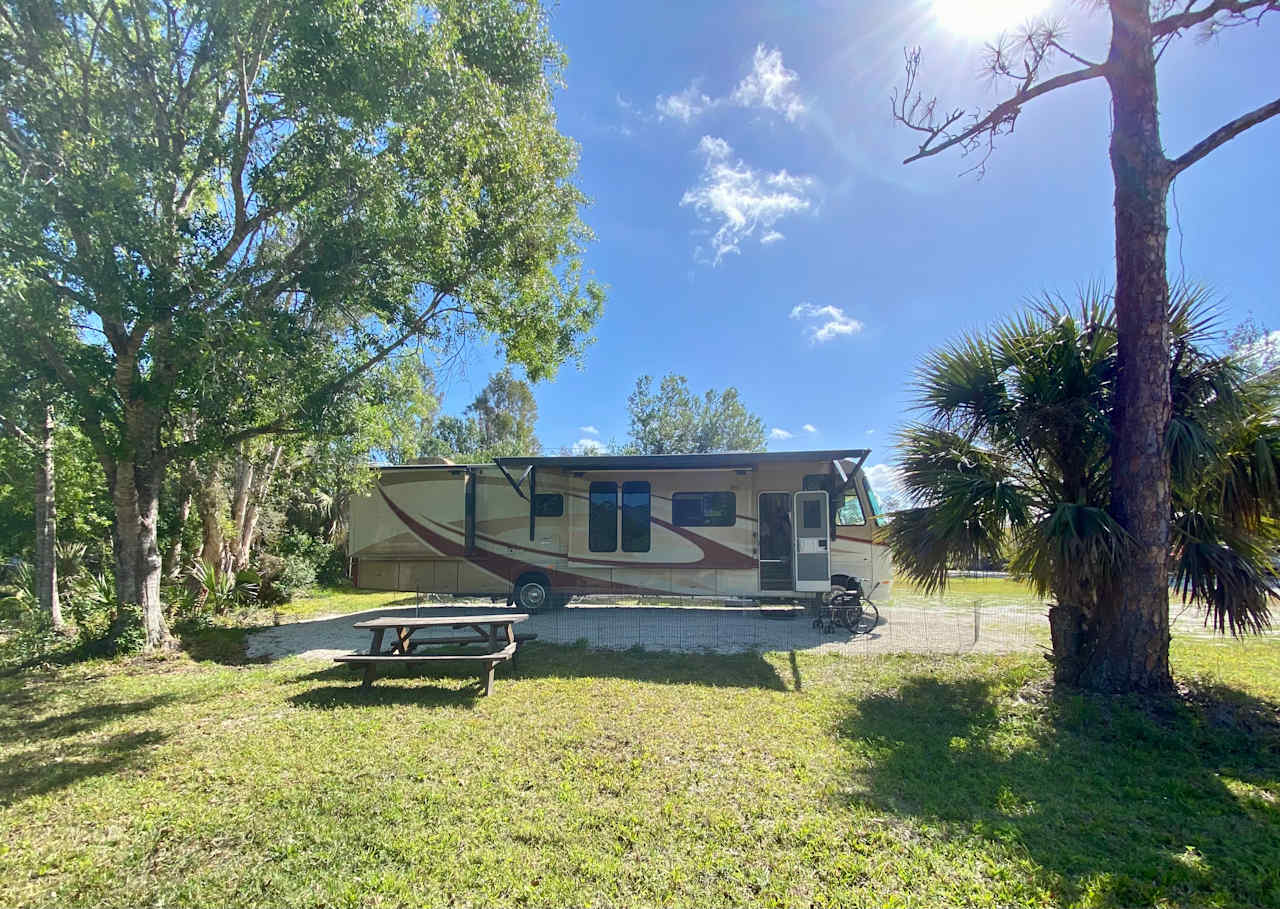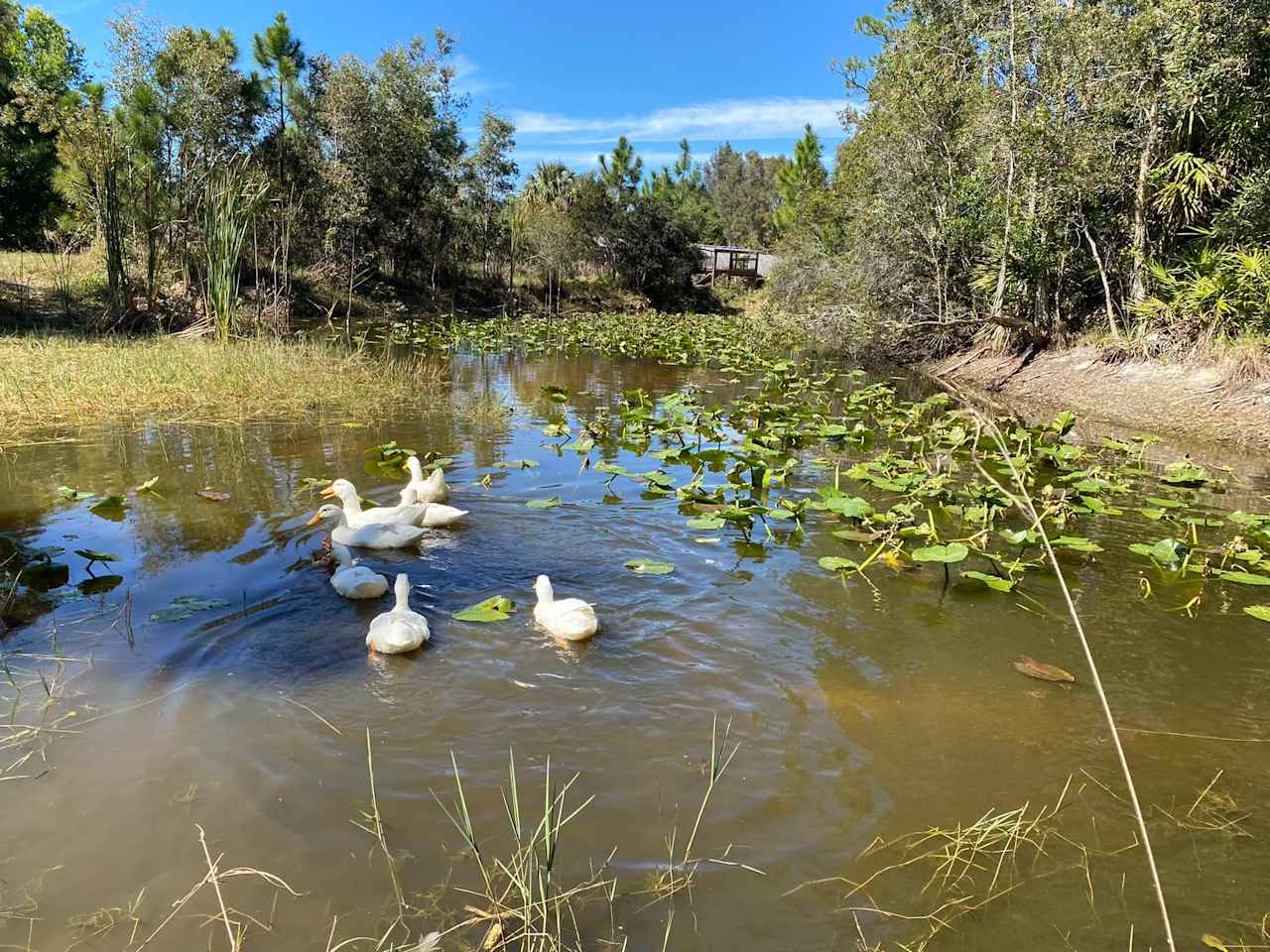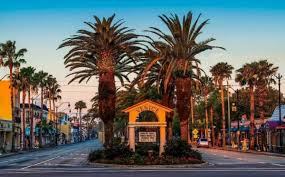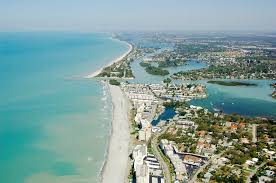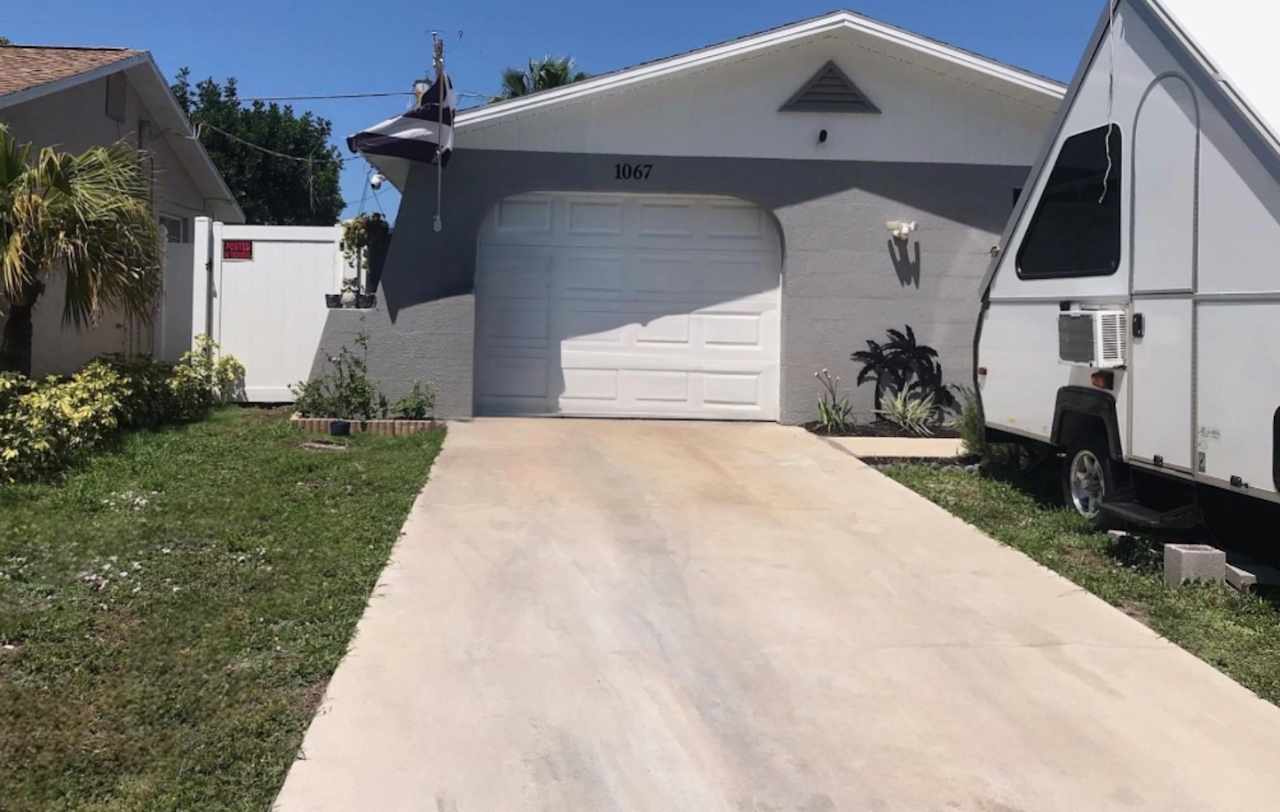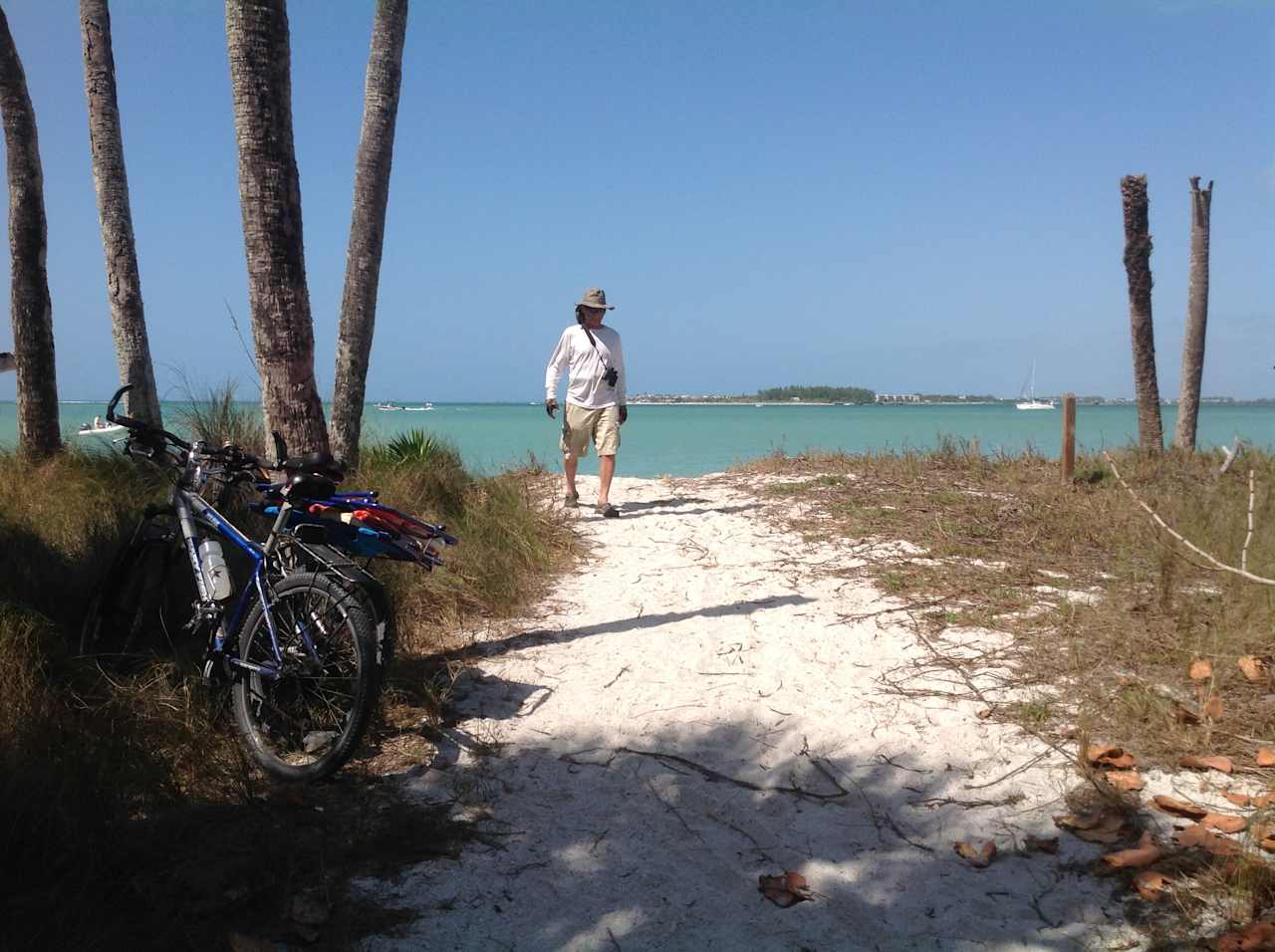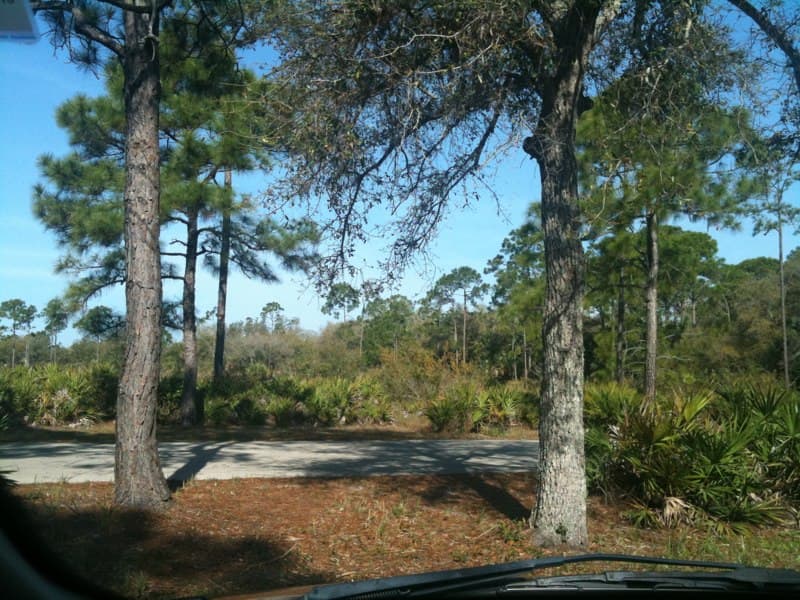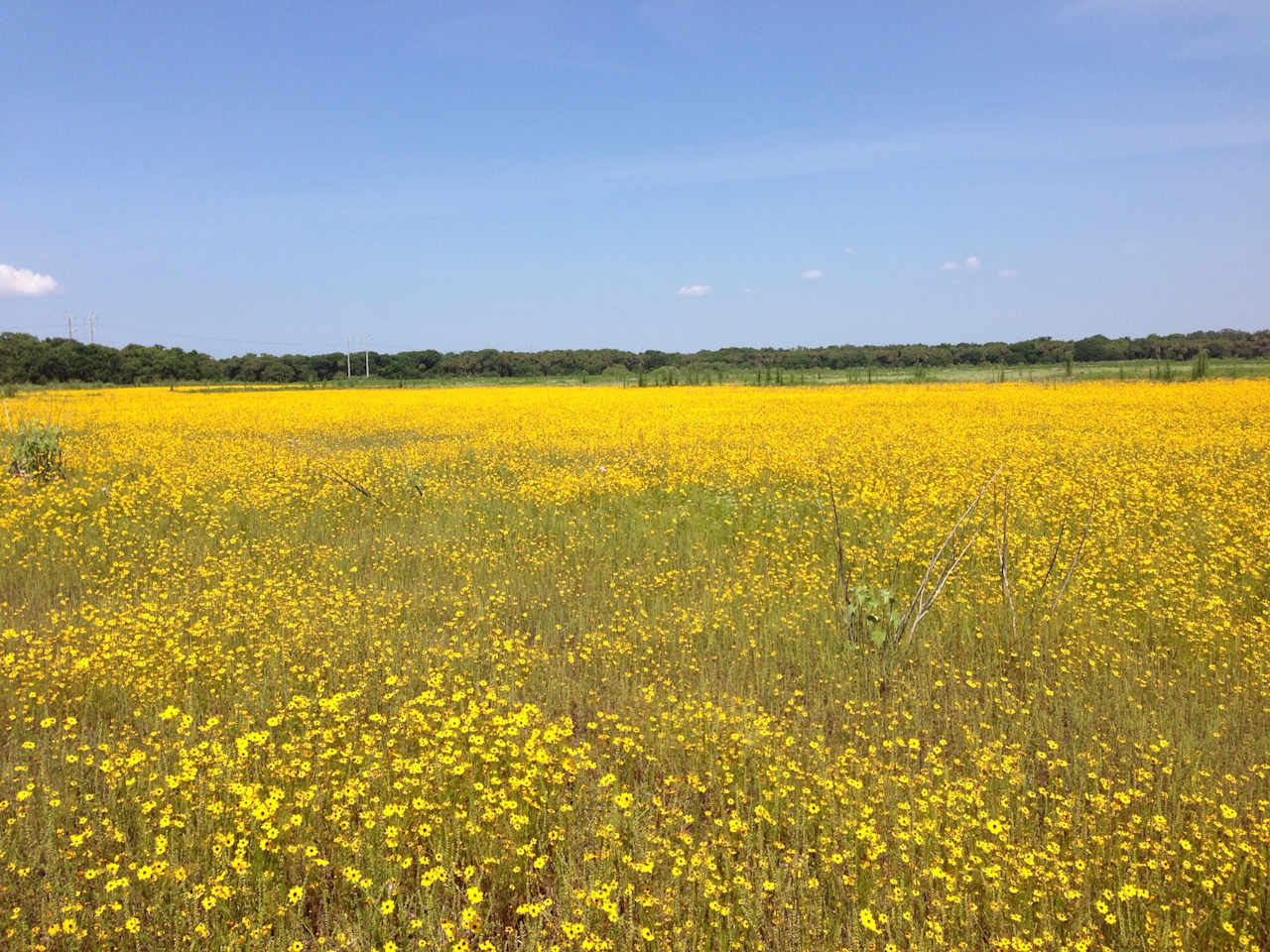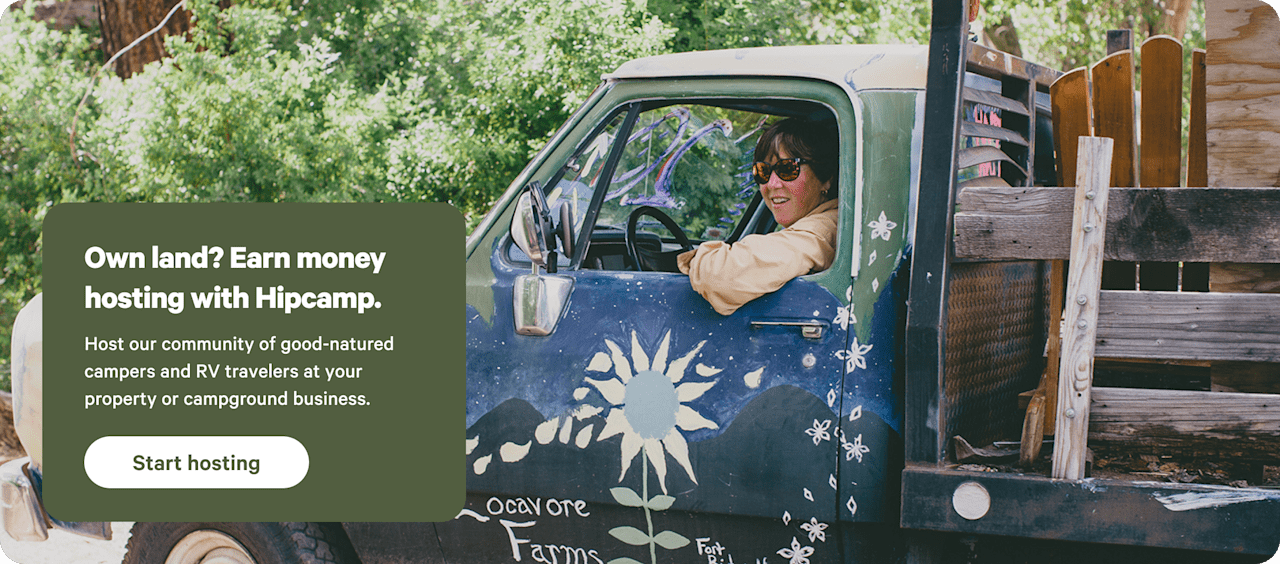Camping near Cape Coral
Unwind at a beachside campground in Southwest Florida’s very own cape.
- Cape Coral
Popular camping styles for Cape Coral
Available this weekend
Bell Oaks Ranch 5 min from Beach
Tres Lagos Farm & Garden
J and P Creekside Retreat
Area 61 Camping
Meadow River Ranch
Dog-friendly getaways
Bell Oaks Ranch 5 min from Beach
Meadow River Ranch
Tres Lagos Farm & Garden
Area 61 Camping
J and P Creekside Retreat
12 top campgrounds near Cape Coral
J and P Creekside Retreat
Area 61 Camping
Bell Oaks Ranch 5 min from Beach
Tres Lagos Farm & Garden
Meadow River Ranch
Dragon Lady Farms
N N Farms
Norman B.’s Land
Gulf Coast Getaway
Hub on A and Dub
SWFL Everglades Camping
Sunny Venice FL
Under $50
Meadow River Ranch
J and P Creekside Retreat
Area 61 Camping
Tres Lagos Farm & Garden
Bell Oaks Ranch 5 min from Beach
Star Hosts in Cape Coral
Bell Oaks Ranch 5 min from Beach
Area 61 Camping
J and P Creekside Retreat
N N Farms
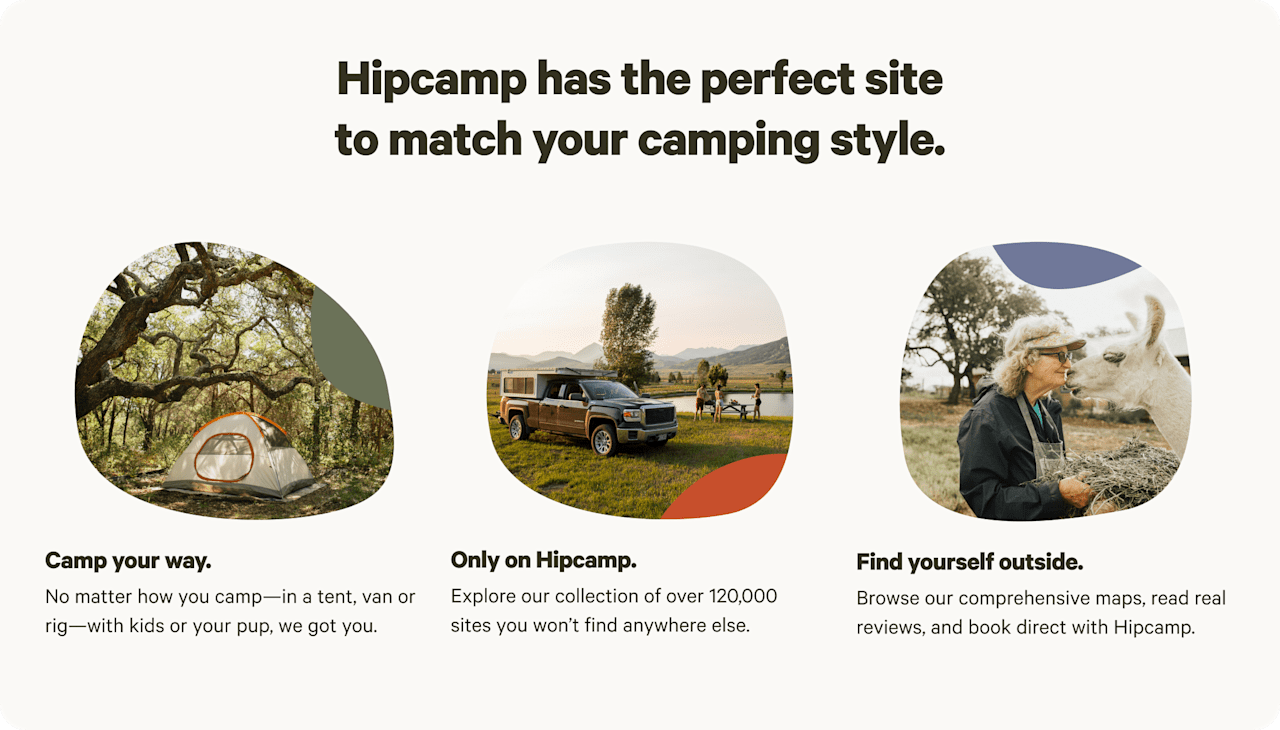

Camping near Cape Coral guide
Overview
Thanks to a series of winding canals, Cape Coral has been likened to an American Venice. Like the Italian city, Cape Coral boasts picturesque landscapes and a range of outdoor activities, both on land and in water. As part of Lee County, the town sits on the Caloosahatchee River, which feeds into the Gulf of Mexico—and offers plenty of options for beach camping. The Four Mile Cove Ecological Preserve beckons kayakers and birdwatchers alike. However, swimmers should take the town’s name literally. Grab your snorkel—or scuba gear—to see Cape Coral’s coral reefs for yourself.
Where to go
Charlotte Harbor Preserve State Park
Cape Coral offers beaches, parks, or islands—and, sometimes, all three at once. Spend a day at Charlotte Harbor Preserve State Park: one of Florida’s largest state parks. You can bring your dog to the pet-friendly park and start your camping trip with a leisurely hike. Cool down afterward by kayaking at the Cape Haze Aquatic Preserve. On your way back inland, stop at Port Charlotte Beach Park for a picnic.
Hop Along the Islands
If you want to camp as close to the Gulf as possible, take your pick of islands. Rent an RV or tent campsite on Sanibel Island or Captiva Island to get up close and personal with Florida’s beaches. Even closer to Cape Coral, Pine Island is the largest island on the Gulf Coast. Campers will have plenty of room to explore various nature preserves.
Sirenia Vista Park
Who needs an aquarium when you have nature? Cape Coral sits on the coast, so you’re never too far from the water and its residents. Sirenia Vista Park lies just northwest of Cape Coral. Kayakers can spot manatees straight from their kayaks, while birdwatchers should look up, in addition to out. As a habitat for Florida’s ospreys, the park is a birdwatcher’s dream.
When to go
Hurricanes have been known to tear through Southwest Florida. For peace of mind, head to Cape Coral outside of the summer months. Because Cape Coral sits right on the coast, late fall through mid-spring is your safest bet. Winter, however, may bring more crowds, so shoulder season is optimal for both weather and people. You’ll be able to enjoy the area’s beaches, views, and campsites—with a reduced risk of heavy winds and rain.

